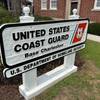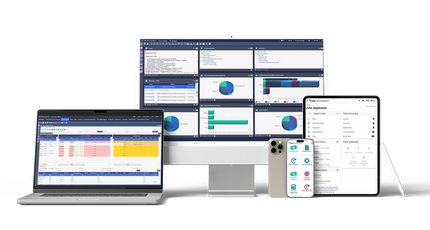Customs Proposes New Cargo Rules
“The Security Filing will improve CBP’s ability to target high-risk cargo by identifying actual cargo movements and improving the accuracy of cargo descriptions,” said CBP Commissioner W. Ralph Basham. “It will also improve our ability to facilitate lawful international trade by identifying low-risk shipments much earlier in the supply chain.”
This initiative strengthens cargo security by making CBP screening more efficient and effective. CBP has implemented a comprehensive, multi-layered cargo security strategy designed to enhance national security while protecting the economic vitality of the United States. These efforts include the 24-hour Manifest Rule, Container Security Initiative, Customs-Trade Partnership Against Terrorism, Non-Intrusive Inspection Techniques, Automated Targeting System, the Secure Freight Initiative, and the National Targeting Center.
The proposed regulation will require carriers to submit “10+2” additional pieces of information in order to enhance the security of the maritime environment. The additional information includes: (1) a vessel stow plan used to transmit information about the physical location of cargo loaded aboard a vessel bound for the U.S; and (2) container status messages, which report container movements and changes in status (e.g., empty or full).
In addition, the NPRM also requires importers to submit an “Importer Security Filing” containing the following 10 data elements:
Manufacturer (or supplier) name and address Seller (or owner) name and address Buyer (or owner) name and address Ship-to name and address Container stuffing location Consolidator (stuffer) name and address Importer of record number/foreign trade zone applicant identification number Consignee number(s) Country of origin, and Commodity Harmonized Tariff Schedule number
Currently, CBP relies primarily on carrier manifest information to perform advance targeting prior to vessel loading. Internal and external reviews have concluded that more complete advance shipment data would produce more accurate and effective cargo risk assessments. This way resources can be focused on true threats and legitimate cargo can speed through the system as quickly as possible.
The proposed regulation is intended to satisfy provisions outlined in the Security and Accountability for Every Port Act of 2006, which require the submission of additional data elements for improved high-risk targeting.
The NPRM will soon be published in the Federal Register. Once published, persons wishing to comment on the proposed rule may access the Federal e-Rulemaking Portal at the Regulations website and follow the instructions for submitting comments.












